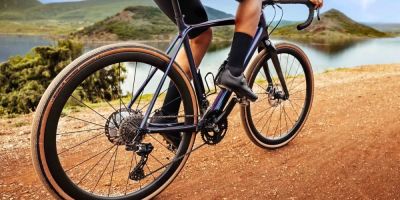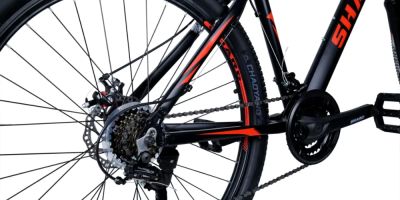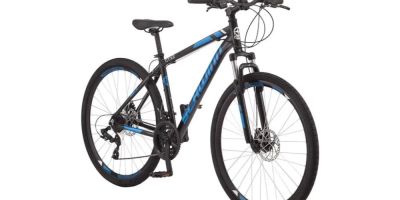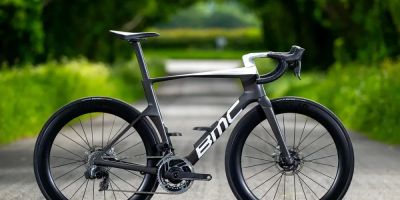- 1-Why-Endurance-Bikes-Are-Ideal-For-Long-Distances
- 2-Key-Features-Of-Endurance-Racing-Bikes
- 3-Choosing-The-Right-Endurance-Bike-For-You
- 4-Maintenance-And-Preparation-For-Endurance-Racing
- 5-Personal-Stories-From-Endurance-Cyclists
1. Why Endurance Bikes Are Ideal for Long Distances
Endurance racing bikes are specifically designed to balance speed and comfort, making them perfect for long-distance rides. Unlike aggressive racing bikes that prioritize aerodynamics at the cost of comfort, endurance bikes incorporate geometry and components that reduce fatigue over extended hours on the saddle.
This design philosophy supports cyclists who tackle century rides, multi-day tours, or long training sessions, ensuring they can maintain efficiency without compromising joint health or muscle endurance.
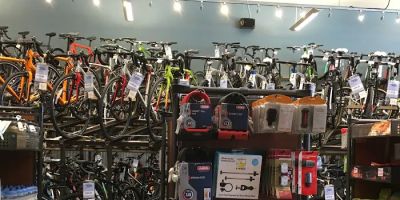
Mike's Bikes of Berkeley
1824 University Ave, Berkeley, CA 94703, USA
1.1 Comfort Meets Performance
Endurance bikes often feature a more upright riding position, wider tires, and vibration-damping technologies. These elements contribute to a smoother ride that absorbs road imperfections, reducing the strain on your body during long-distance races or training.

Mike's Bikes of Berkeley
1824 University Ave, Berkeley, CA 94703, USA
2. Key Features of Endurance Racing Bikes
Understanding the components that define endurance racing bikes helps in making informed decisions:
2.1 Frame Geometry
Endurance bike frames have a relaxed geometry with a taller head tube and longer wheelbase, offering stability and comfort. This contrasts with race bikes, which have a lower handlebar position for aerodynamic advantage.
2.2 Tire Clearance
These bikes accommodate wider tires, typically 28mm or more, which improves grip and shock absorption, essential for rough or variable terrain encountered on long rides.
2.3 Component Choices
Endurance bikes often use gearing optimized for a variety of terrains, including climbing and flats, enabling riders to conserve energy and maintain cadence over hours.
3. Choosing the Right Endurance Bike for You
Selecting an endurance racing bike depends on your riding style, distance goals, and budget. Test rides help evaluate comfort and fit, which are crucial since you’ll spend long periods riding.
3.1 Fit and Comfort Assessment
Work with a professional fitter to adjust saddle height, handlebar reach, and other contact points to reduce discomfort and risk of injury during long rides.
3.2 Material Preferences
Carbon frames offer lightweight and vibration damping but come at a higher price. Aluminum or steel frames can provide durability and comfort with a different ride feel.
4. Maintenance and Preparation for Endurance Racing
Regular bike maintenance ensures reliability over long distances. Check tires for wear, lubricate chains, and ensure brakes are responsive. Carrying essential repair tools and spares during rides can prevent race-ending breakdowns.
4.1 Training and Nutrition
Preparing your body is as important as your bike. Build endurance through consistent training, and plan nutrition and hydration strategies that suit your race length and intensity.
5. Personal Stories from Endurance Cyclists
Many riders have shared how switching to endurance racing bikes transformed their long-distance experiences. One cyclist noted that after switching to an endurance bike, her back and neck pain decreased significantly during 100-mile rides, allowing her to enjoy the sport more fully and even improve her race times.
Such stories illustrate how the right equipment combined with proper training enhances not only performance but also the joy of endurance cycling.
For expert advice, product recommendations, and the best endurance racing bikes for long distances, visit Healthy Cycling to find options tailored to your needs and goals.


